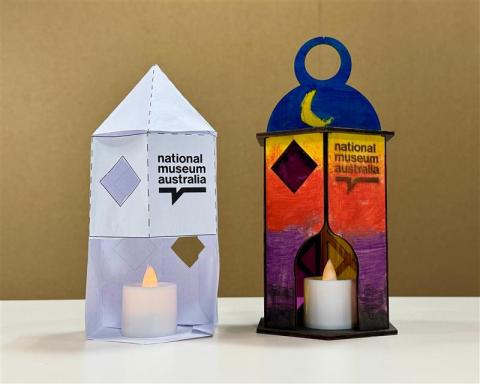About button batteries
A button battery is a small, flat, round battery. They are used to power small portable electronic devices. They are available in different sizes and resemble a button or coin and are also known as coin batteries.
You can find button batteries in many household products. These include remote controls, watches, computers, cameras, calculators, torches, fitness devices, musical greeting cards, digital scales, and home medical devices such as thermometers.
Many children’s toys also use button batteries to produce light and sound effects. These include plush toys, toy cars, digital pets, early learning watches, light-up yo-yos, games, and musical books.
Things to look for when buying the product
Three children have died in Australia from incidents involving button batteries, and many children have been seriously injured due to swallowing or inserting button batteries.
Four mandatory standards have been introduced for button batteries and products containing button batteries, to reduce the risk of death and injury associated with their use. These button battery mandatory standards cover:
- how button batteries, products containing them, and packaging must be designed and tested
- the warning and safety information that must be provided.
Avoid products that contain button batteries
The safety risk arises when children can access the batteries. Avoiding products containing button batteries where possible and keeping them away from children can reduce the risk.
- Avoid products with button batteries if you have children.
- If you have children, or children visiting your home, try to avoid products that contain button batteries.
- Look for alternatives that do not use button batteries. Products powered by other types of batteries are less likely to be swallowed by children and do not present the same degree of danger if they are. Rechargeable batteries do not need to be replaced.
Buy child resistant button battery products
If you do buy products that contain button batteries, look for ones with a child resistant battery compartment. This makes it difficult for children to access the battery.
- Check for a secure compartment and warning labels, even when shopping with a seller you trust.
- Avoid poor quality products. Poor quality products may release button batteries when dropped or broken.
- When you buy button batteries, make sure they come in child resistant packaging, for example, packaging that can only be opened with scissors.
It can be hard to check the battery compartment of a product when shopping online. If you need to purchase a product with a button battery online, make sure to check the compartment is secure when it is delivered.
Be wary of toys with button batteries
Many toys for young children contain button batteries.
- Be wary of toys that light up, make noise, or move. These toys may contain dangerous button batteries.
- Look for safety warning statements on the toys indicating they contain button batteries.
- Check that the toys have secure battery compartments that can’t be accessed by children.
There is a mandatory standard for toys for children up to and including 36 months of age. This includes requirements for secure battery compartments on toys that contain button batteries.
Second-hand products need extra checks
If you use, buy or borrow second-hand products, make sure:
- to check if it contains button batteries
- the product hasn’t been recalled
- it includes the instructions for safe assembly and use
- all of its parts are in good working order.









